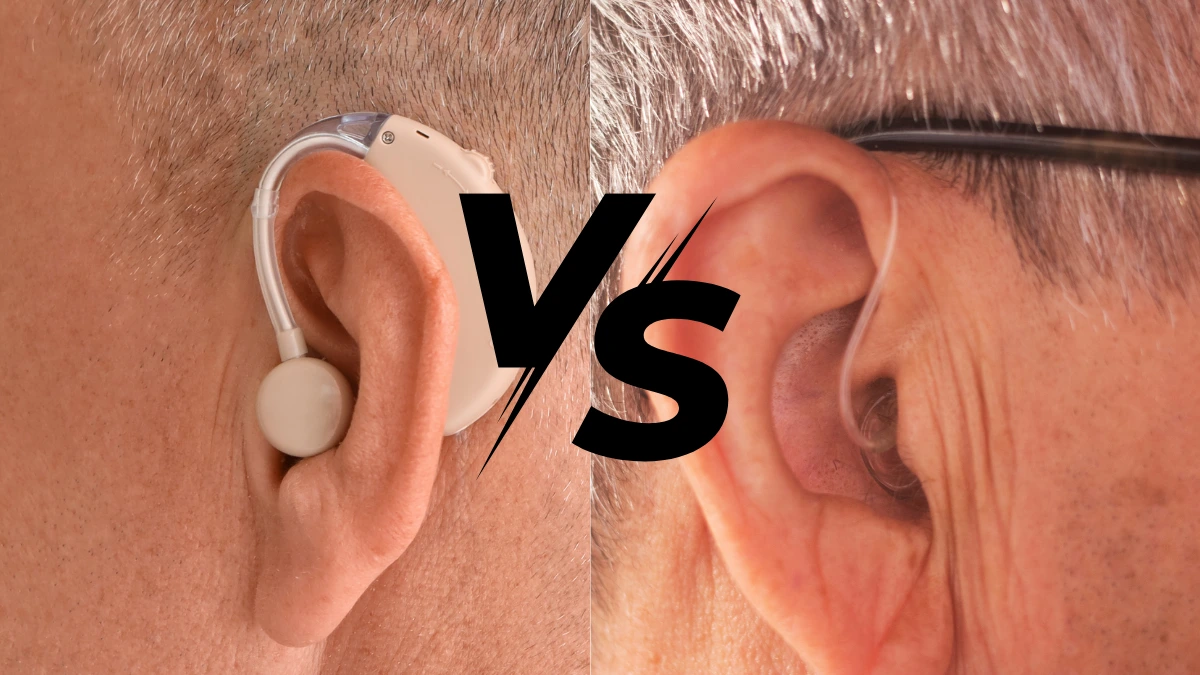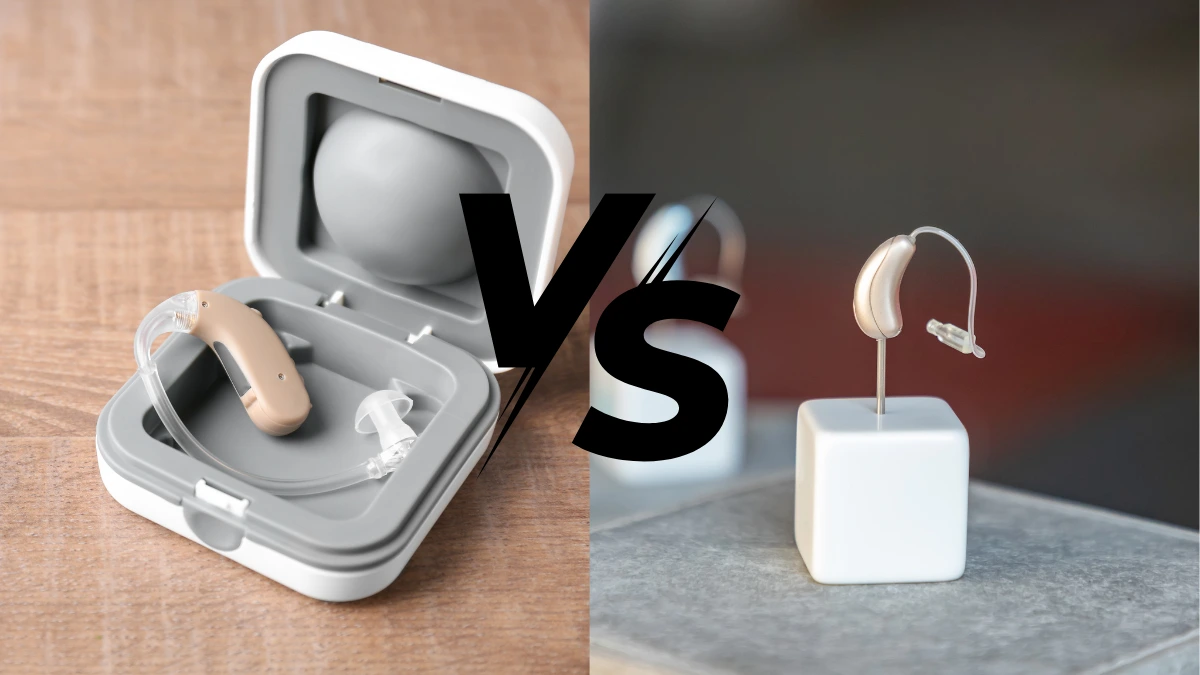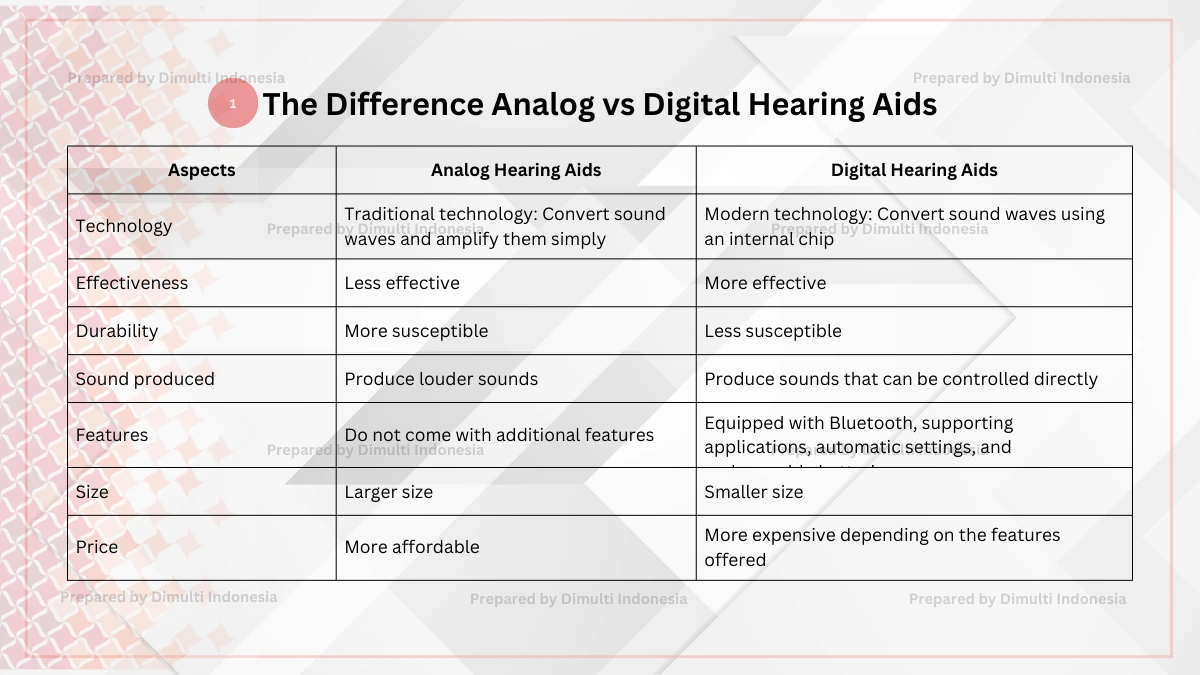Analog and digital hearing aids are the keys to improving hearing. Although both are audio devices that are put in the ear, analog vs digital hearing aids have some significant differences.
The differences between analog vs digital hearing aids include effectiveness, durability, sound produced, features, size, and price.
This article will explore the key differences between analog vs digital hearing aids for improving hearing.
What are Analog Hearing Aids?

Analog hearing aids are a type that still uses traditional technology. The device converts sound waves into electrical signals and amplifies them simply.
This type works by amplifying all sounds at once, without distinguishing between important sounds and background noise. This results in sound that is not as precise as digital technology.
What are Digital Hearing Aids?

Digital hearing aids are a type that uses modern technology. The device converts sound waves into digital signals and amplifies them using an internal chip to send them to the speaker in the ear.
This type can distinguish sounds, reduce noise, and automatically adjust settings as needed. It is also usually equipped with Bluetooth technology that can be integrated with smartphones, TVs, or laptops.
The Difference Between Analog vs Digital Hearing Aids

Analog vs digital hearing aids are both key to improving hearing. Here are seven differences between analog vs digital hearing aids:
1. Technology
Analog hearing aids: Use traditional technology to convert sound waves into electrical signals and amplify them simply.
Digital hearing aids: Use modern technology to convert sound waves into digital signals and amplify them using an internal chip.
2. Effectiveness
Analog hearing aids: Cannot distinguish between important sounds and background noise, resulting in less effective sound production.
Digital hearing aids: More effective, as they can sort sounds, reduce noise, and automatically adjust settings as needed.
3. Durability
Analog hearing aids: Generally more susceptible to friction and contact.
Digital hearing aids: Less susceptible to friction and contact.
4. Sound produced
Analog hearing aids: Produce louder sounds because they cannot distinguish between important sounds and background noise.
Digital hearing aids: Produce sounds that can be controlled directly, adjusting to user preferences.
5. Features
Analog hearing aids: Do not come with additional features, they only amplify and capture sound.
Digital hearing aids: Equipped with Bluetooth, supporting applications, automatic settings, and rechargeable batteries.
6. Size
Analog hearing aids: Generally larger than digital models.
Digital hearing aids: Generally smaller than analog models, depending on the types of hearing aids.
7. Price
Analog hearing aids: More affordable because they do not have additional features.
Digital hearing aids: Equipped with additional features, making them more expensive depending on the features offered.
That’s the difference between analog vs digital hearing aids that you can consider when choosing according to your personal needs.
If you only need a device that can amplify sound without additional features, analog hearing aids are a good choice. However, if you have a larger budget and want some additional features that make things easier, you can choose digital hearing aids.